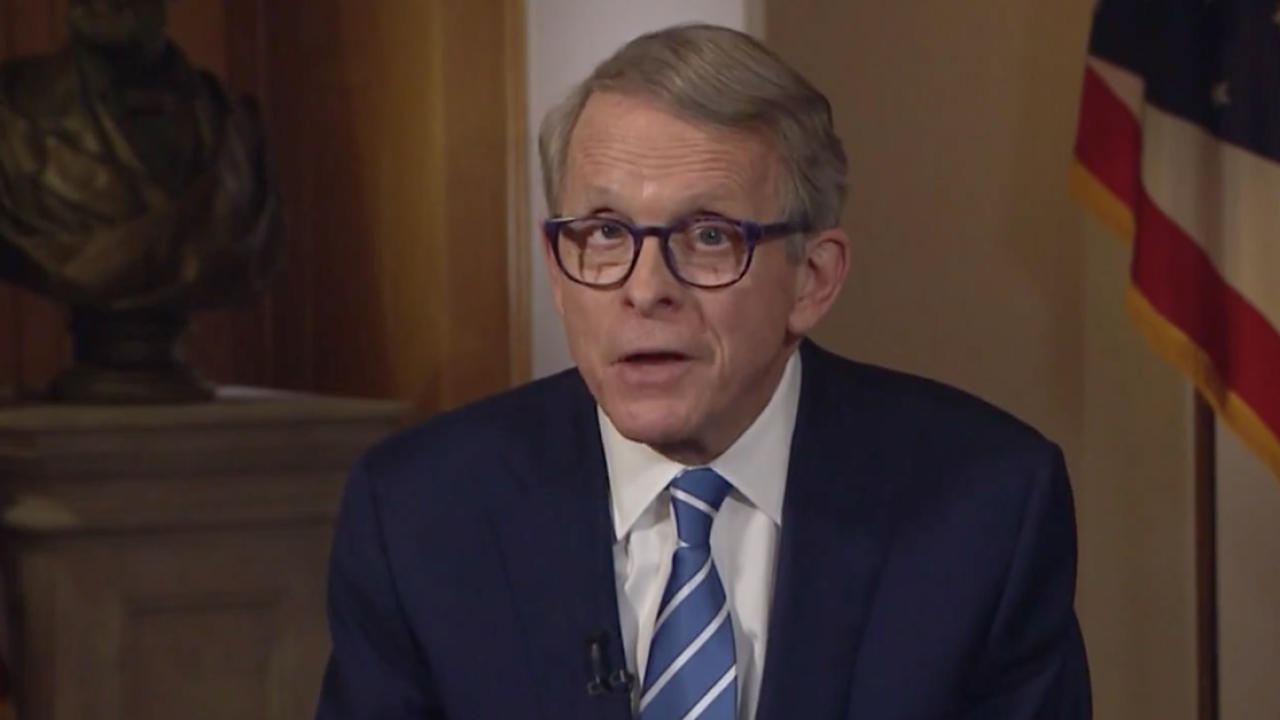The following article was originally published in the Ohio Capital Journal and published on News5Cleveland.com under a content-sharing agreement.
When Ohio released its last monthly jobs report, Gov. Mike DeWine and Lt. Gov. Jon Husted took an unusual victory lap, touting “the most filled jobs in Ohio history.” In raw numbers, Ohio has reached a new peak in terms of labor participation, since officials began tracking it in 1990.
“Ohio is the heart of opportunity, and today, we are making history,” DeWine said in a press release. “We have yet another record low unemployment rate in July at 3.3%, below the national rate of 3.5 percent. Our formula in Ohio is working, and today’s jobs news is proof of that.”
Economists, however, caution reading too much into one report.
Caveats
Robert Gitter, a professor emeritus in economics at Ohio Wesleyan, explained labor participation is an important metric, “but I don’t really place a lot of stock in month-to-month fluctuations.” Importantly, he noted researchers revise monthly figures pretty frequently, so July’s peak might wind up higher or lower than initially thought.
“It’s kind of like watching an inning of baseball and saying, ‘Okay, this is how the game is going to turn out,’” he said. “There’s a lot more to consider than just one month. So, I tend to look at figures over a year or longer time periods to say, okay, what is really going on.”
Over the last year, the labor force participation rate has grown, but not exactly by leaps and bounds. The current mark is half a percentage point higher than a year ago. Despite hitting a new high in terms of raw numbers, the rate actually slipped by a tenth of a percentage point compared to the previous month.
Like Gitter, Ohio State economics professor Bruce Weinberg dismissed those minor shifts as noise.
“It went down by one tenth of a percent,” he said. “So, is that a victory? Not really. Is that a defeat? Not really. We would have rather probably had it go up by a tenth of a percent than down by a tenth of a percent, but that’s a small fluctuation.”
Instead, he argued that narrow band of change underscores how difficult it is to move the labor force as whole.
Good gigs?
In the DeWine administration’s press release, Lt. Gov. Husted said the 5.6 million jobs filled speaks to the “great career opportunities” in Ohio.
“A growing economy is important for more than economic reasons—it allows our children and grandchildren to have great career opportunities without ever leaving Ohio,” Husted stressed.
Gitter, though, pointed out that in the past year Ohio has added about 90,000 jobs. More than a third of came from the bucket that includes healthcare.
“But that that not only includes physicians,” he said, “it includes people working in the staff, whatever, and actually, their weekly wage is very slightly below the state average.”
Another third, he explained, came in leisure and hospitality. “The average weekly wage in Ohio was about $1,200 a week,” Gitter added, “and in leisure and hospitality, it’s $500. It’s less than half the average.”
Weinberg noted increases in goods-producing industries. Those made up about a fifth of the year over year increase.
“In general, goods-producing, manufacturing jobs, especially durable manufacturing, pays well, and that’s up, and it’s up nicely. Construction is up, and those tend to be good paying jobs.”
Taking an even longer view, Gitter noted the employment increases essentially put Ohio where it was before COVID-19.
“This is no criticism of anyone,” Gitter said, “but just to keep in perspective, we’re back to where we were in February 2020, and the big job increases has not been in especially high paying areas.”
Who gets credit?
Clearly the DeWine administration wants to claim credit for increasing employment, but Weinberg argued “as a general rule” it’s difficult to divvy it up. He said policymakers can “screw things up in a jiffy,” but otherwise it’s hard to influence broad underlying trends.
Similarly, Gitter was quick to note the recovery Ohio is experiencing is playing out in states around the country. “Clearly,” he said “the federal government has to get some credit for this.” Gitter noted spending measures in the Biden and Trump administrations have helped spur business investment. He noted the money flowing into factories has doubled in recent years.
When it comes to Ohio, state policymakers have done a good job of not getting in the way. The deals they can rightfully brag about will pay dividends — just not quite yet.
“The DeWine administration has done a great job of attracting business,” Gitter said. “You know, Intel and the Honda battery plant and some of the others, but that hasn’t resulted in that many jobs yet.”
As for how to square the economic picture — pretty good — with peoples’ feelings about the it — not so good — both economists acknowledged they weren’t quite sure. Weinberg compared the past few years to a bout of turbulence on an airplane.
“And I don’t think it’s over yet,” he said, “I think we’re still trying to figure out how is it going to play out and then even afterwards it does take you a minute to go, okay, it’s all over.”
Gitter nodded to recent polling from Quinnipiac University that found respondents felt notably better about their own finances than the economy as a whole. But he couldn’t say what’s behind it.
“Overall, the economy is a lot better than we had any right to expect, let’s say two or three years ago,” he said. “And even compared to last year, having this level of employment growth and low unemployment, both in Ohio and the nation.”
“I think that’s pretty good news,” he said, “but for whatever reason, people seem to be worried.”


